Windows 10 Store not Installed [FIXED]
You may not find Windows Store in Windows 10 if you are using an outdated/obsolete version of Windows on your system. Moreover, the user encounters the issue if the user removed the Store by himself or as a result of a buggy update.
When the user encounters the issue, either the Microsoft Store icon does not show, and if shown, nothing happens if the Microsoft Store tile (in the Windows menu) is clicked.

Before moving on with the solutions to reinstall the Microsoft Store, check if restarting the system solves the issue. Moreover, check if executing the following in the Run box solves the issue:
ms-windows-store:
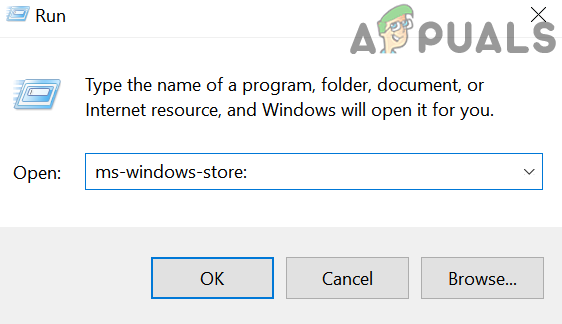
Solution 1: Update the OS of Your System to the Latest Build
Microsoft adds new features to Windows regularly to introduce new features and patch OS bugs. You may encounter the error at hand if your system is using an obsolete version of Windows. In this context, updating Windows to the latest build may solve the problem.
- Update Windows of your system to the latest build. You may have to update the Windows Update Agent.
- After updating Windows, check if the Microsoft Store error is resolved.
Solution 2: Run the Windows Store Apps Troubleshooter
Microsoft has bundled Windows with a lot of commonly used troubleshooters. One such troubleshooter is Windows Store Apps Troubleshooter; running which may solve the current Microsoft Store problem. The troubleshooter checks all parameters in the OS regarding the Store and tries to refresh it.
- Open the Windows Settings by pressing Windows + I keys and then choose Apps.
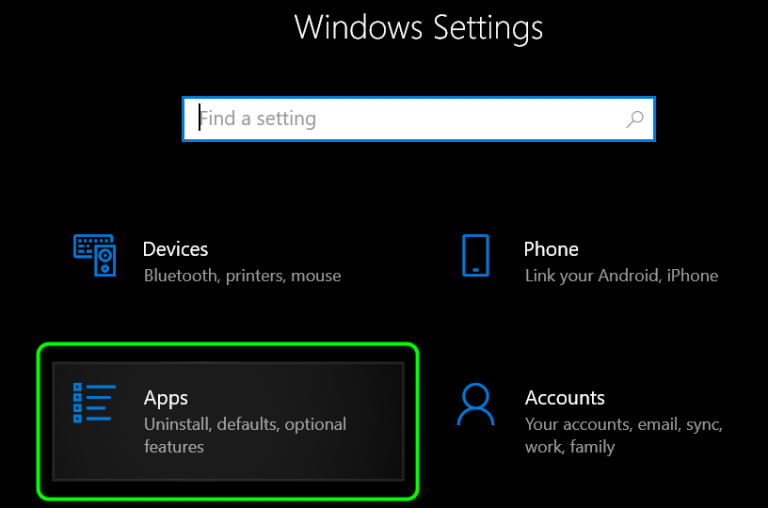
Open Apps in Windows Settings - Now, in the list of Apps, expand Microsoft Store and click on Advanced Options (if the Microsoft Store is not available there, then proceed to step 4).
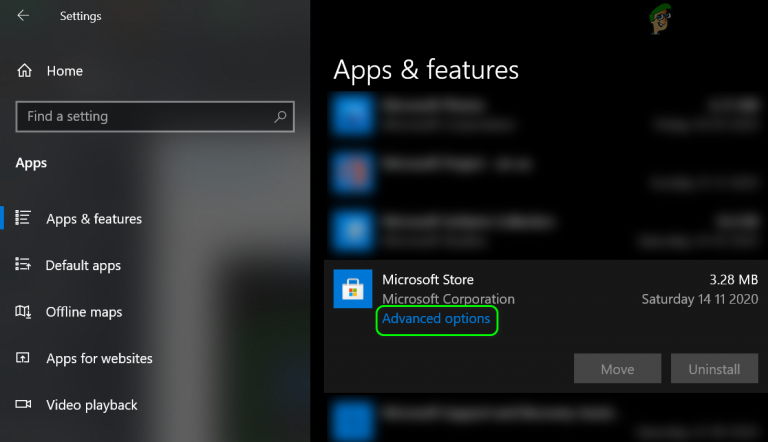
Open Advanced Options of Microsoft Store in Apps & Features - Then click on Terminate (you may have to scroll a bit to find the option) and confirm to Terminate the Microsoft Store.

Terminate the Microsoft Store Through the Apps & Features - Now navigate to the Home page of Windows Settings and choose Update & Security.
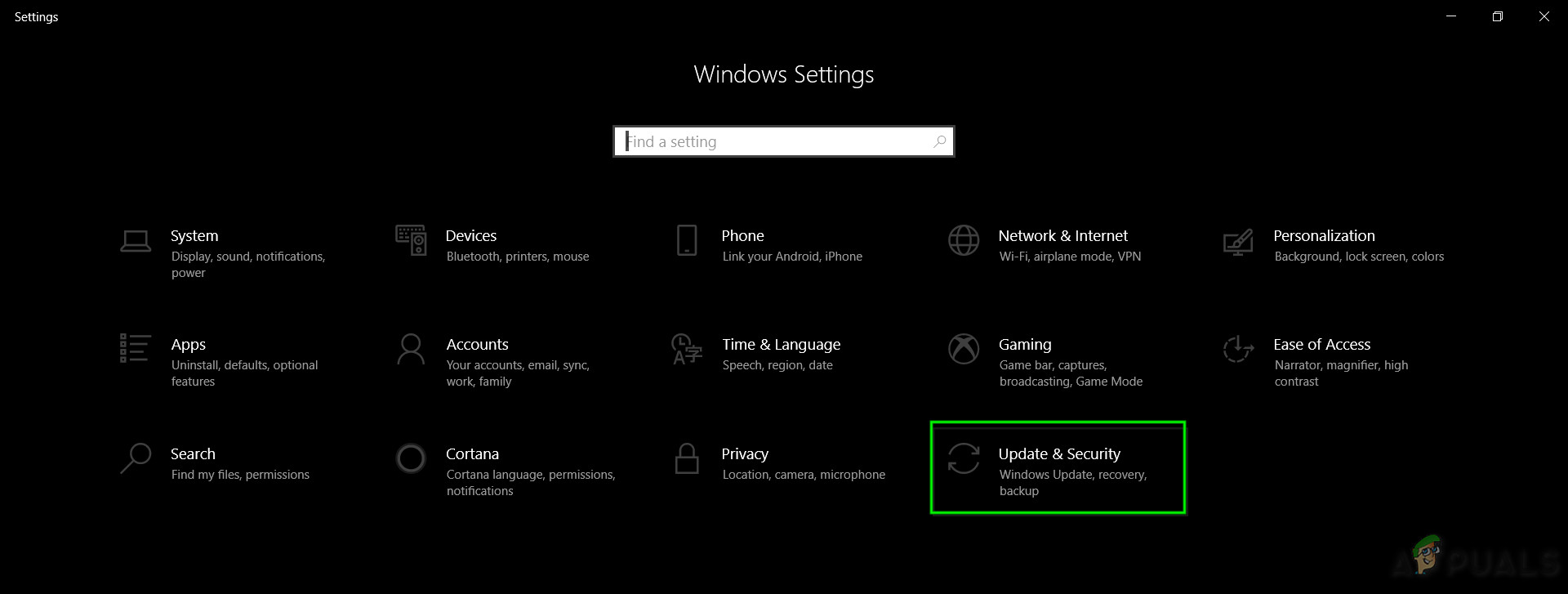
Update & Security.in Windows Settings - Then, in the left half of the window, choose Troubleshoot and click on Additional Troubleshooters (in the right half of the window).

Navigating Additional Troubleshooters - Now scroll down till the end and expand Windows Store Apps.
- Then click on the Run the Troubleshooter button and follow the prompts on your screen to complete the process of troubleshooter.
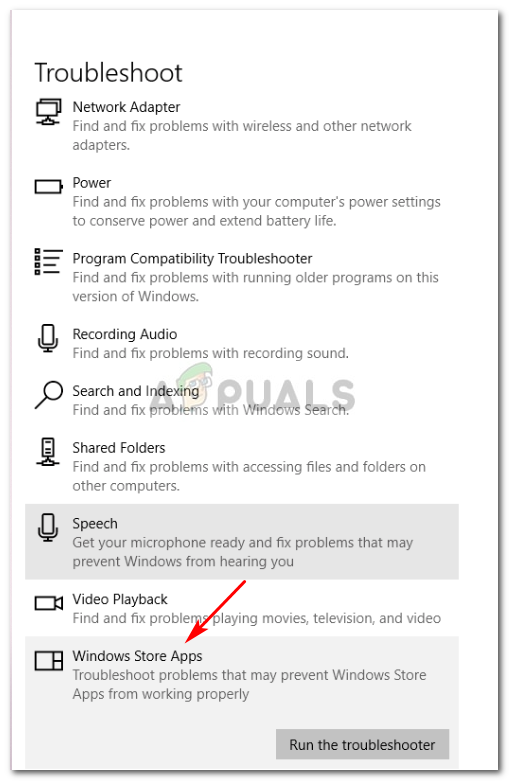
Run Windows Store Apps troubleshooter - Now reboot your PC and upon reboot, right-click on the Windows button and choose Windows PowerShell (Admin).

Opening Windows PowerShell (Admin) - Then execute the following:
Get-AppXPackage *WindowsStore* -AllUsers | Foreach {Add-AppxPackage -DisableDevelopmentMode -Register "$($_.InstallLocation)\AppXManifest.xml"} - Now reboot your PC and upon reboot, check if the Microsoft Store issue is resolved.
Solution 3: Reset the Microsoft Store Using WSReset
Microsoft has included a tool WSReset in Windows that can be used to reset the Windows Store without mingling the account settings. In the current situation, using the said tool may clear the glitch and thus solve the problem.
- Launch the Windows menu by pressing the Windows logo key and search for WSReset. Now, right-click on WSReset & choose Run as Administrator.

Launch WSReset as Administrator - Now, wait for the completion of the execution of WSReset & then check if the issue is resolved.
- If not, reboot your machine & then check if the Microsoft Store is back on your system.
- If not, clear the temp files & perform a disk cleanup of your system and repeat steps 1 to 3 to check if the issue is resolved.
Solution 4: Install an Application Through the Web Version of Microsoft Store
If the issue is still there, then installing an application through the web version of Microsoft Store may bring out the Microsoft Store and thus solve the problem.
- Launch a web browser and navigate to the Microsoft Store website (you may have to log in using your Microsoft credentials).
- Now select an application like Xbox application (search for Xbox app) and then open it.
- Then click on the Get button and if you received the prompt to open the Microsoft Store, then click on open Microsoft Store.
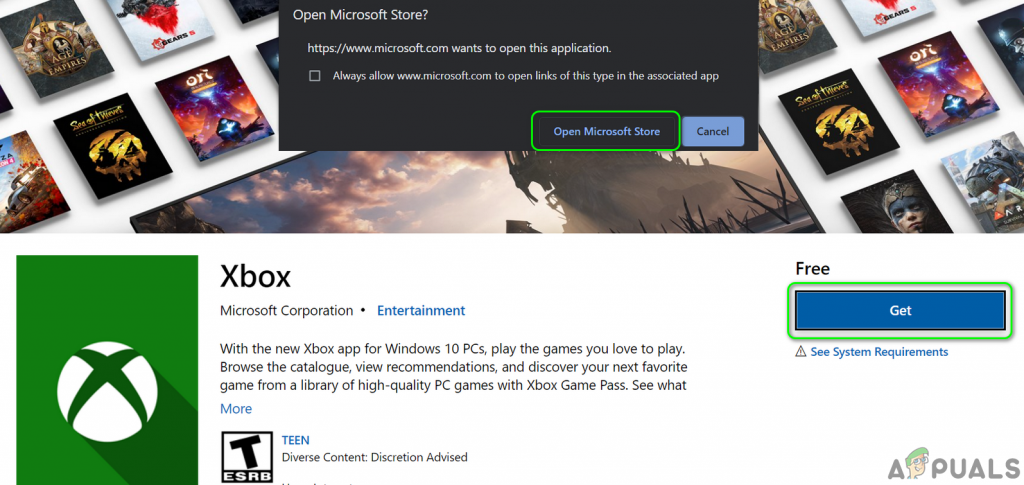
Open Microsoft Store Through the Web Version - Now, check if your system is clear of the Microsoft Store.
Solution 5: Enable Developer Mode in the System Settings
Windows 10 has a developer mode that helps you to test and debug different applications. This mode gives you access to some features/resources that may trigger the installation of the Microsoft Store and thus solve the problem.
- Right-click on the Windows button and choose Settings.
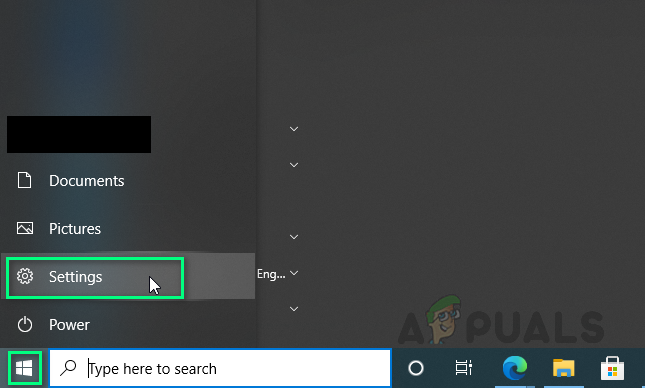
Opening Windows Settings - Now open Update & Security and then, in the left pane of the window, select For Developers.
- Then enable the option of Developer Mode by toggling its switch to the on position and then confirm to enable the Developer Mode.

Enable Developer Mode of Windows - Now check if the Microsoft Store is working fine. If so, then open its section of Downloads and Updates and check for the Store update. If available, then apply the latest Store update and then check if disabling the Developer Mode removes the Store. If not, then keep enjoying Store, otherwise, enable the Developer Mode.
- If the Store did not function after step 3, then right-click on the Windows button and choose Windows PowerShell (Admin).
- Then execute the following:
Get-AppxPackage -AllUsers| Foreach {Add-AppxPackage -DisableDevelopmentMode -Register “$($_.InstallLocation)\AppXManifest.xml”} - Now reboot your PC and upon reboot, check if the Microsoft Store issue is resolved.
Solution 6: Create a New User Account
The Microsoft Store may be missing from your system if your user profile is corrupt. In this case, creating another user account and accessing the system through that account may solve the problem.
- Create a new local user account (preferably administrator) & reboot your system.
- Upon reboot, log in to the system with the newly created account and check if the Microsoft Store is available in the new account.
- If not, then, in the newly created account, right-click on the Windows button and select Windows PowerShell (Admin).

Opening Windows PowerShell (Admin) - Then execute the following one by one:
Set-ExecutionPolicy Unrestricted Get-AppXPackage -AllUsers | Foreach {Add-AppxPackage -DisableDevelopmentMode -Register "$($_.InstallLocation)\AppXManifest.xml"} - Now reboot your machine and login with the new account to check if the Microsoft Store issue is resolved.
Solution 7: Re-register Store using PowerShell Commands
If nothing has worked for you, then try to use the under-mentioned PowerShell commands to re-register the Microsoft Store. If during the execution of any of the commands, you are shown that there are two Store version, then manually choose the latest version.
- Right-click on the Windows button and choose Windows PowerShell (Admin).
- Then execute the following:
Get-AppxPackage -allusers Microsoft.WindowsStore | Foreach {Add-AppxPackage -DisableDevelopmentMode -Register "$($_.InstallLocation)\AppXManifest.xml"}
Run the PowerShell Command to Install the Microsoft Store - Now, check if the Microsoft Store issue is resolved.
- If not, reboot your system and upon reboot, check if the Store issue is resolved.
- If not, repeat step 1 to open the Windows PowerShell (Admin) and execute the following:
Get-AppXPackage -allusers | Foreach {Add-AppxPackage -DisableDevelopmentMode -Register "$($_.InstallLocation)\AppXManifest.xml"}
Run the PowerShell Command For All Users to Install the Microsoft Store - Now, reboot your machine and upon reboot, check if the Microsoft issue is resolved.
- If not, repeat step 1 to open the Windows PowerShell (Admin) and execute the following:
Get-AppXPackage *WindowsStore* -AllUsers | Foreach {Add-AppxPackage -DisableDevelopmentMode -Register "$($_.InstallLocation)\AppXManifest.xml"} - Now, reboot your machine and upon reboot, check if the Microsoft issue is resolved.
- If not, repeat step 1 to open the Windows PowerShell (Admin) and execute the following:
Get-AppXPackage | Foreach {Add-AppxPackage -DisableDevelopmentMode -Register "$($_.InstallLocation)\AppXManifest.xml"} - Now, reboot your machine and upon reboot, check if the Microsoft issue is resolved.
- If not, try to copy the following folder from a secure PC (if possible). Make sure to take ownership of the folder:
C:\Program Files\WindowsApps
- Then repeat steps 1 to 8 and check if the Microsoft Store is working fine.
Solution 8: Use GitHub Microsoft Store Project
There is a project on the GitHub website that can be used to reinstall the Microsoft Store (if you are using Windows 10 Enterprise LTSC).
- Open a web browser and navigate to the GitHub link of the Microsoft Store project.
- Now, click on the Code button and then select Download Zip.

Download Zip of Microsoft Store Project from GitHub - Then extract the downloaded file and then open the extracted folder.
- Now, in the files shown, right-click on the “Add-Store.cmd” file, and in the menu shown, select Run as Administrator.

Run Add-Store.cmd as Administrator - Then follow the prompts for the reinstallation of the Store and check if the issue is resolved.
- If not, reboot your machine and upon reboot, check if Microsoft Store is working fine.
- If not, press the Windows logo key to launch the Windows menu and search for Command Prompt. Then right-click on the result of Command Prompt and choose Run as Administrator.
- Now execute the following:
PowerShell -ExecutionPolicy Unrestricted -Command "& {$manifest = (Get-AppxPackage Microsoft.WindowsStore).InstallLocation + '\AppxManifest.xml' ; Add-AppxPackage -DisableDevelopmentMode -Register $manifest}" - Now reboot your PC and upon reboot, check if the Microsoft issue is resolved.
Solution 9: Use the Preinstalled Apps Zip to Reinstall Microsoft Store
You can use the Preinstalled Apps (downloaded from the official Microsoft site) to install the Microsoft Store.
- Launch a web browser and download the reinstall-preinstalledApps.zip file.
- Now extract the downloaded file and note down the path of the extracted file (it is better to click in the address bar and copy it).
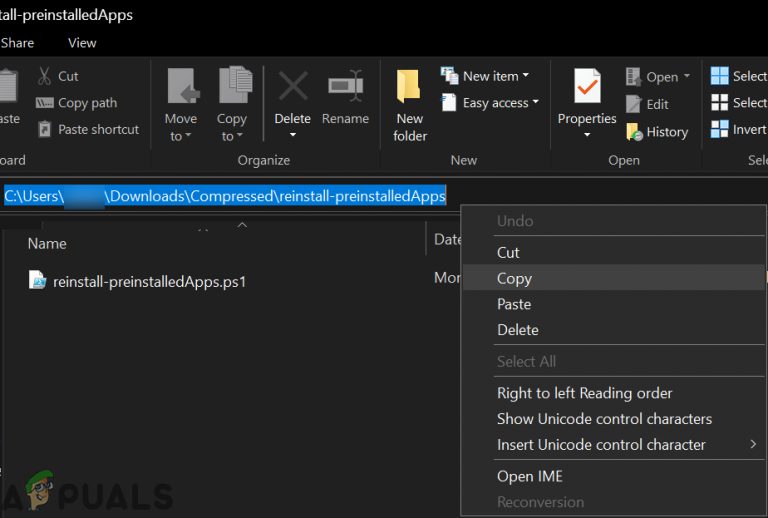
Copy the Path of the Extracted PreinstallApps.Zip - Then right-click on the Windows button and in the menu shown, choose Windows PowerShell (Admin).
- Then execute the following:
Set-ExecutionPolicy Unrestricted
- Now, in the PowerShell, navigate to the extracted file directory at step 2 by executing the following:
cd C:\Users\(yourusername)\Downloads\Compressed\reinstall-preinstalledApps
(You can paste the link copied at step 2 by pressing Ctrl + V keys at the PowerShell window just after the command cd and space)
- Then execute the following
.\reinstall-preinstalledApps.ps1 *Microsoft.WindowsStore*

Reinstall the Store Through the PreinstallApps - Now execute the following:
WSReset.exe
- After execution of the command, check if the Microsoft Store is working fine.
- If not, reboot your machine and upon reboot, check if the Microsoft Store issue is resolved.
Solution 10: Use the Microsoft Store Appx Package Installer
If none of the solutions solved the issue for you, then you can use the Microsoft Store Appx package installer to install the Microsoft Store.
- Launch a web browser and open the Appx package downloading website (This third-party site can generate download links of app installers for the chosen app from direct download links of the official Microsoft servers).
- Now copy the following official Microsoft Server link to the URL box of the above-mentioned site:
https://web.archive.org/web/20220607062013/https://www.microsoft.com/fr-fr/fr-fr/en-us/p/microsoft-store/9wzdncrfjbmp
- Now choose the Retail or the appropriate option as per your requirements & click the generate (the tick) button.

Generate the Download Links of Microsoft Store - Then download the following four types of appx packages (Microsoft Store & its dependencies):
NET.Native.Framework Microsoft.NET.Native.Runtime Microsoft.VCLibs Microsoft.WindowsStore
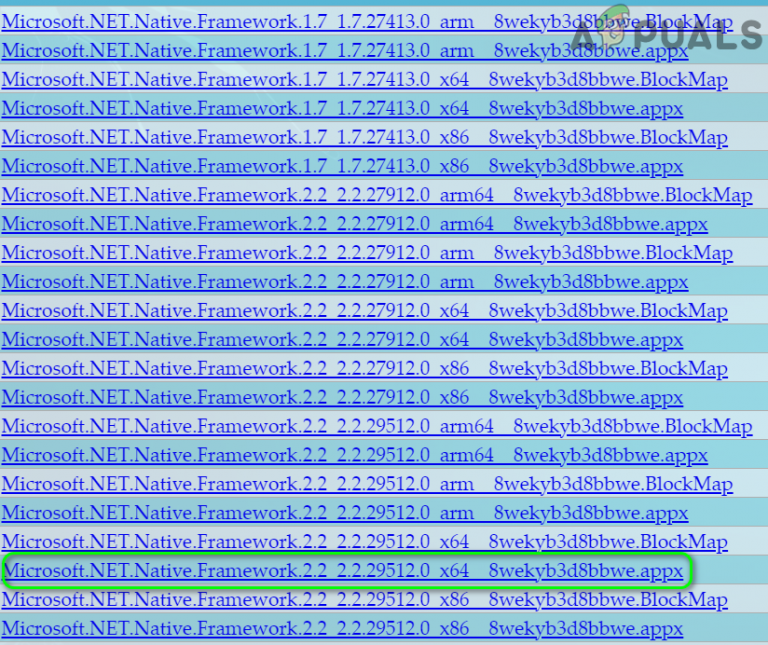
Download For 64 Bit Microsoft Net Framework Try to use the latest version of the respective download i.e. if a version has 1.7 and the other has 2.2, then go for 2.2. Also, keep an eye on the architecture (ARM, X86, or X64) and download the one as per your OS. You may have to right-click on the relevant link and click on “Save Link As”. If you receive a browser warning for the download, click on Keep.
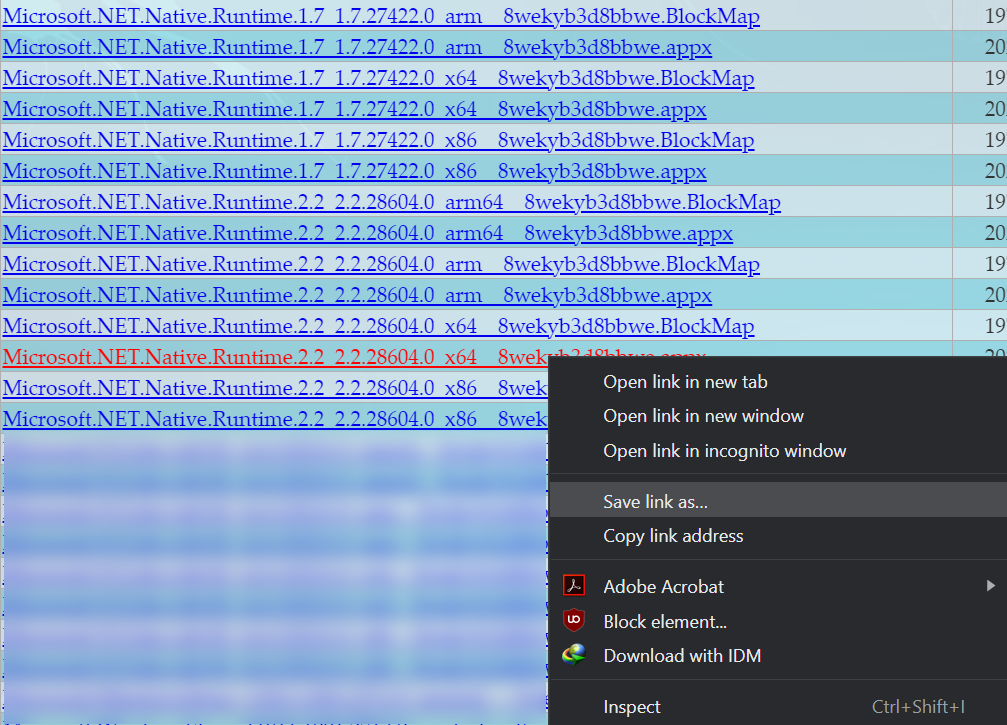
Save Link as for the Relevant Download - After downloading the files, first install the three Appx dependencies files (i.e. Microsoft.NET.Native.Framework, Microsoft.NET.Native.Runtime, and Microsoft.VCLibs) and then install the Windows Store Appx bundle file.

Install Dependencies and Then Store - Now, check if the Microsoft Store is installed, if not, reboot your PC.
- Upon reboot, check if the Microsoft Store is operating normally. If so, you can verify the version by executing the following in the elevated Command Prompt:
Get-AppxPackage -allusers Microsoft.WindowsStore
If none of the solutions worked for you, check if performing a system restore solves the issue. If that is not the option or you do not want to take that route, check if performing a repair install of Windows solves the problem. If that does not solve the issue, you may have to reset the PC to factory defaults or perform a clean installation of Windows.




